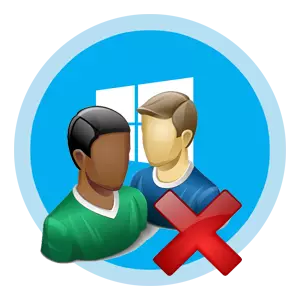
Windows 10 is a multiplayer operating system. This means that on one PC can simultaneously be at the same time there are several accounts belonging to one or different users. Based on this, a situation may occur when you need to remove a certain local account.
It is worth mentioning that Windows 10 exists local accounts and Microsoft accounts. The latter use email to enter the entry and allow you to work with a personal data set, regardless of hardware resources. That is, having such an account, you can easily work on one PC, and then continue on the other, and at the same time all your settings and files will be saved.
Remove local accounts in Windows 10
Consider how you can delete local user data on Windows Windows 10 in several simple ways.It is also worth noting that to remove users, regardless of the way, you need to have administrator rights. This is a prerequisite.
Method 1: Control Panel
The easiest way to delete a local account is to use a regular tool that can be opened through the "Control Panel". So, for this you need to perform such actions.
- Go to the "Control Panel". This can be done through the "Start" menu.
- Click the User Account icon.
- Next, "Deleting User Accounts".
- Click on the object you want to destroy.
- In the "Account Change" window, select Delete Account.
- Click on the "Delete Files" button if you want to destroy all the user files or the Save Files button to leave a copy of the data.
- Confirm your actions by clicking on the "Delete Account" button.
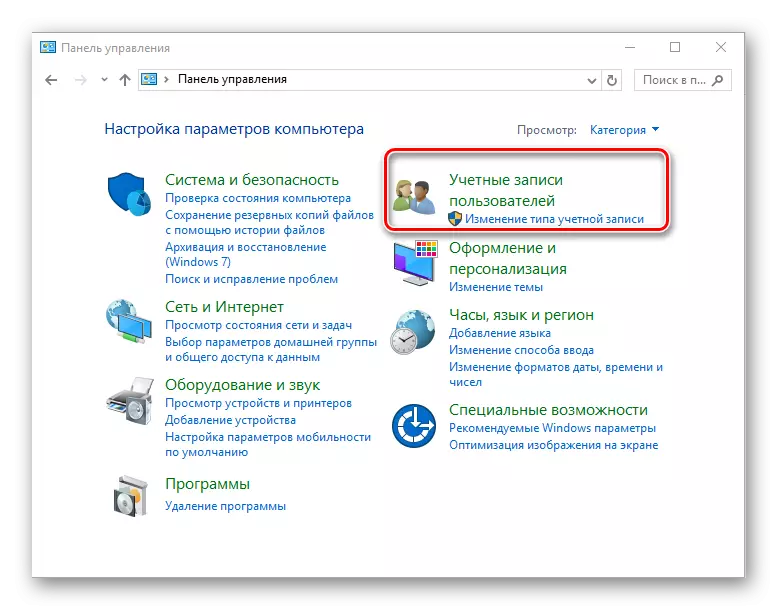
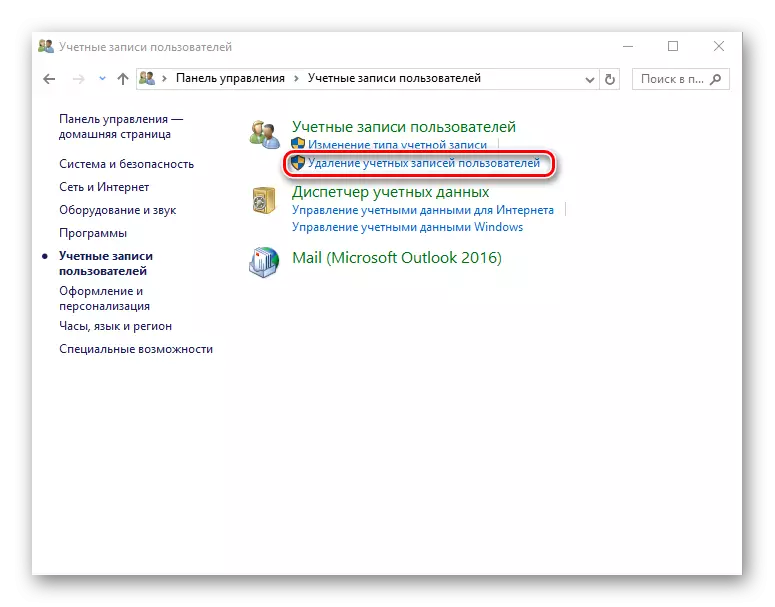
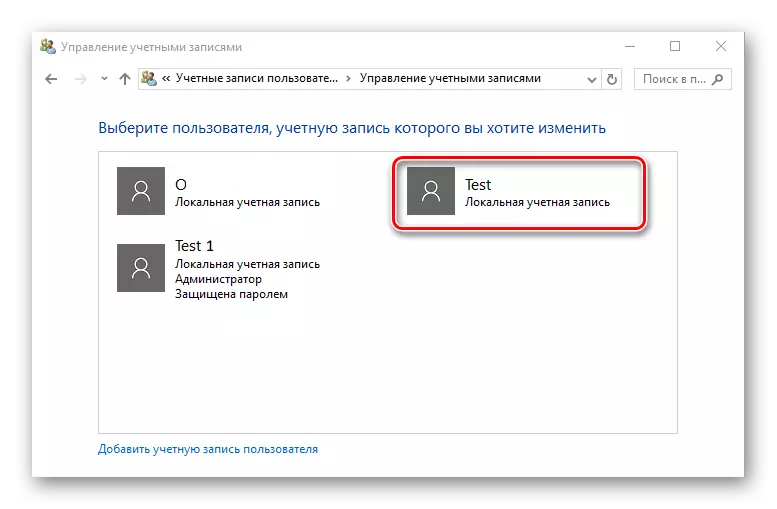
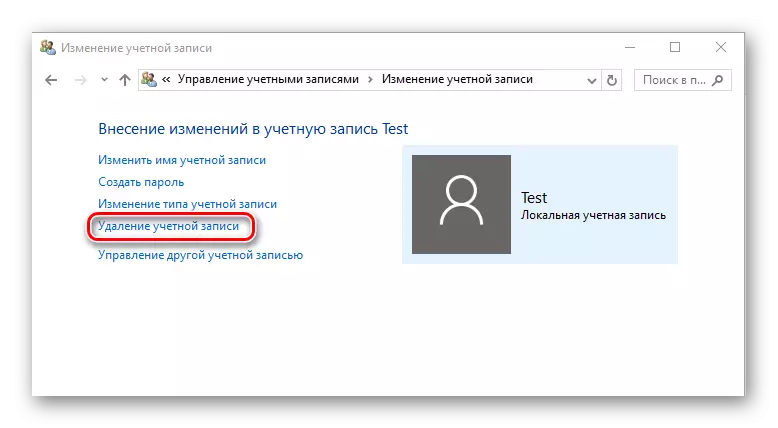
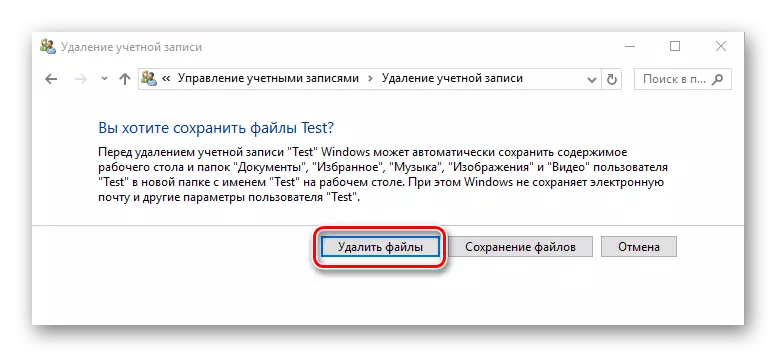
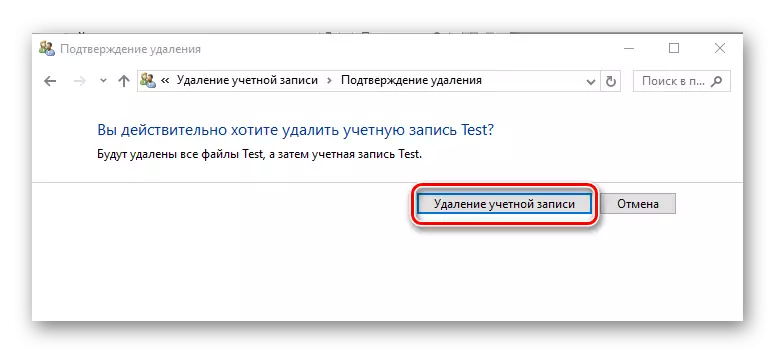
Method 2: Command String
You can achieve a similar result using the command line. This is a faster method, but it is not recommended to use items, since the system will in this case will not ask how to delete whether the user or not, will not propose to save its files, but simply deletes everything related to a specific local account.
- Open the command line (right click on the "Start-> Command Line (Administrator) button").
- In the window that appears, type the string (command) Net User "Username" / delete, where the user name is meant under the user name, which you want to destroy, and press the ENTER key.
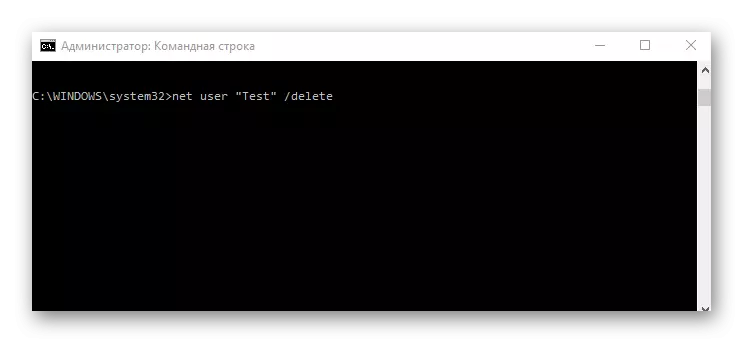
Method 3: Command Window
Another way to delete the data that is used to enter. Like a command line, this method will destroy the account without any questions forever.
- Press the "Win + R" combination or open the "Run" window through the Start menu.
- Enter the CONTROL UserPasswords2 command and click OK.
- In the window that appears on the "Users" tab, click on the username you want to destroy, and click the Delete button.
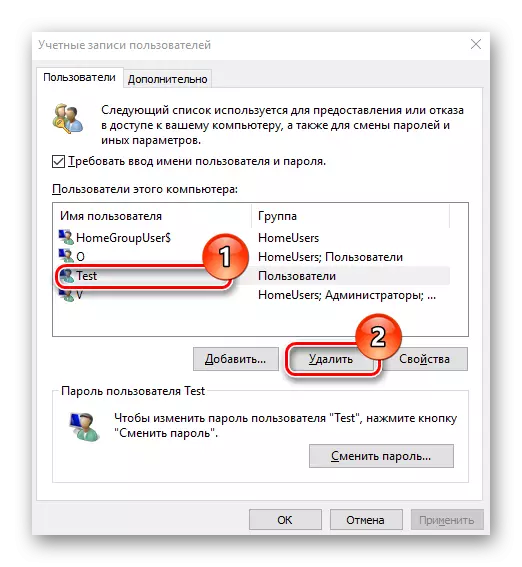
Method 4: Computer Management Console
- Right-click on the Start menu and locate the Computer Management item.
- In the console, in the Service Program group, select "Local Users" and immediately click on the category "Users".
- In the constructed list of accounts, find the one you want to destroy and click on the appropriate icon.
- Click the "Yes" button to confirm deletion.
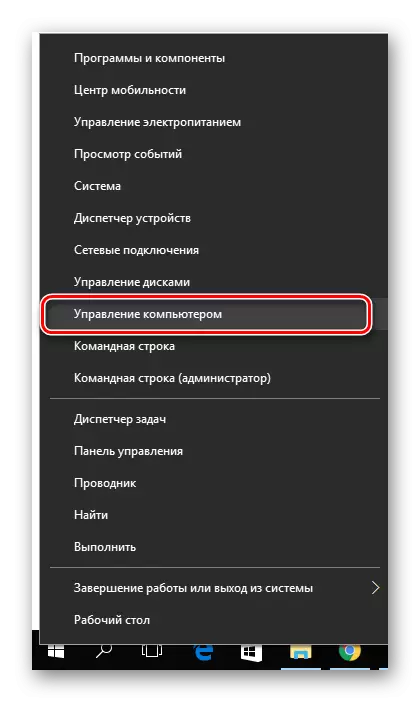
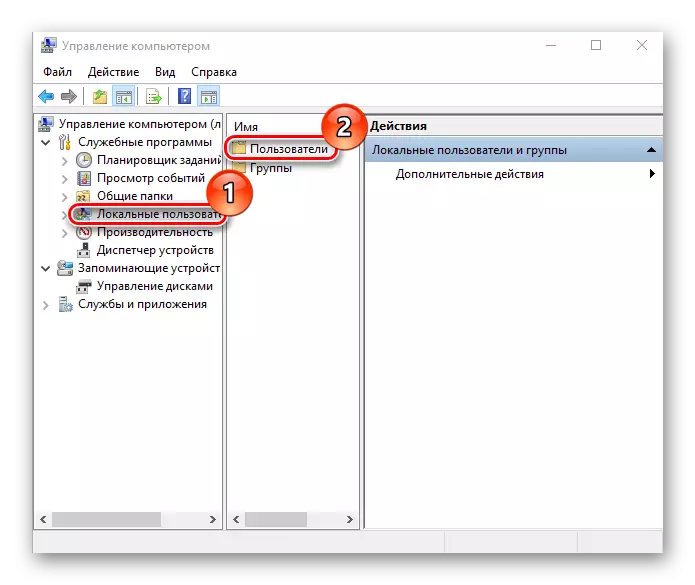
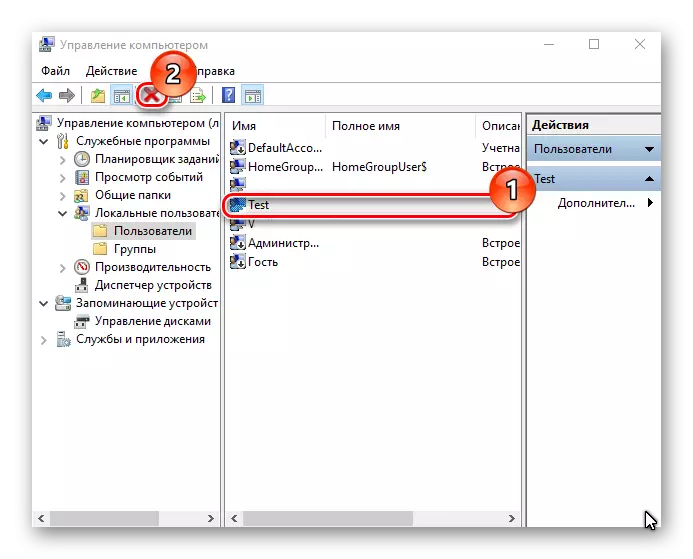
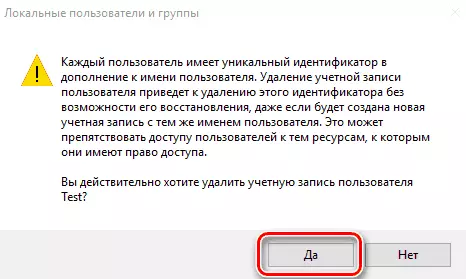
Method 5: Parameters
- Click the Start button and click on the gear icon ("Parameters").
- In the "Parameters" window, go to the "Accounts" section.
- Next, "Family and other people."
- Find the name of the user you're going to delete, and click on it.
- And then click the Delete button.
- Confirm deletion.
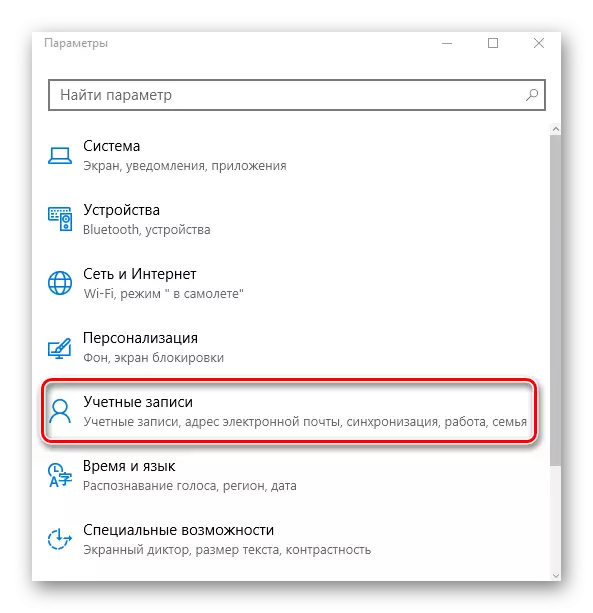
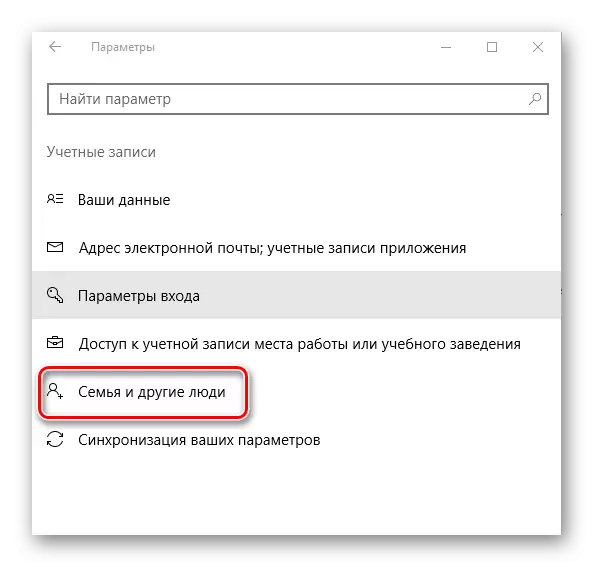
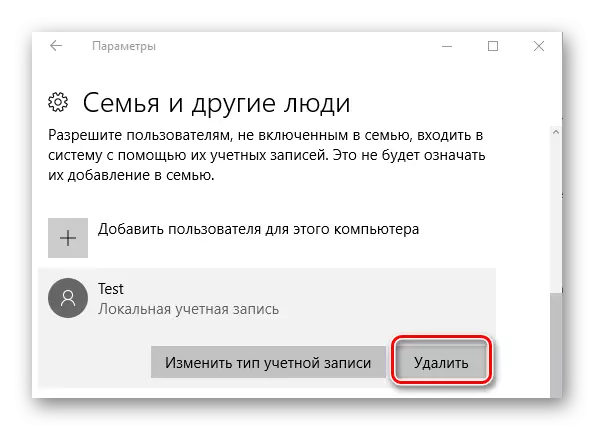
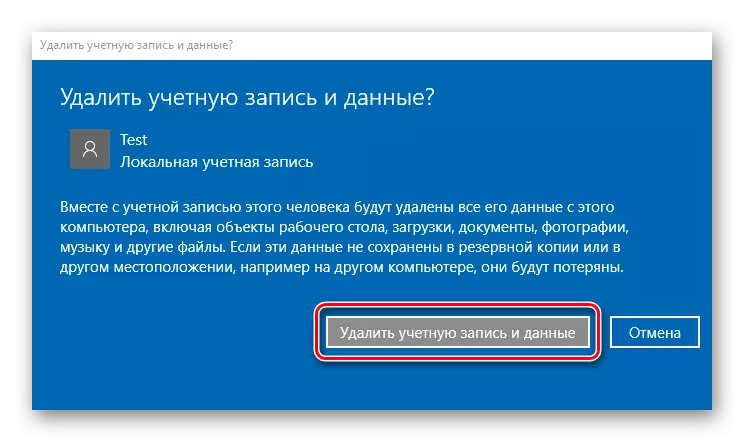
Obviously, methods for removing local accounts are abuse. Therefore, if you need to hold such a procedure, then you just select the way you liked most. But it is always necessary to make a strict report and understand that this operation entails the irrevocable destruction of data for the entry and all user files.
